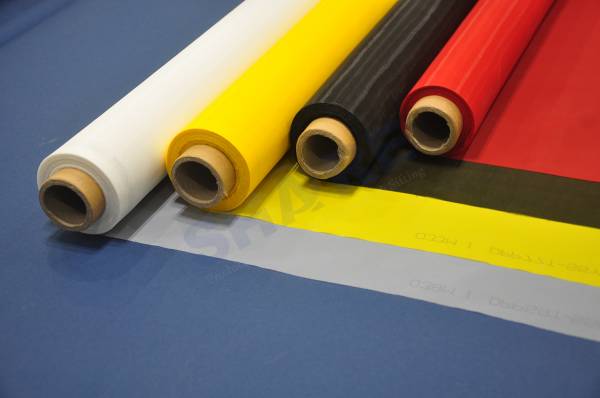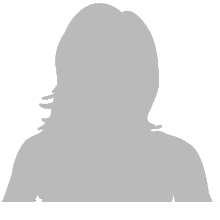Company Blog
Products for Filtration, Separation, Sifting and Printing
Types of Silk Fabric for Screen Printing
- Font size: Larger Smaller
- Hits: 12971
- Subscribe to this entry
- Bookmark

Silk screening is enjoyed by many home hobbyists. But as a commercial and industrial printing method, it's a multibillion-dollar business. Although the process is now called "screen printing," as silk fabric for printing screens was replaced by polyester in the 1950s, the process is still commonly known as "silk screening."
Many beginners end up purchasing the wrong material, or mesh, for the job, resulting in bad prints and consequent frustration. But choosing the right mesh can be accomplished with a bit of painless education.
Type of Mesh
-
Plain-weave, monofilamant polyester mesh is the type used by professional screen printers. It is relatively inexpensive, durable, easy to work with, and provides excellent print quality. Avoid twill-weave mesh, as it tends to hold more ink within the threads and transfers less ink to the item. Multifilament mesh may seem like a bargain, but it is coarse and does not provide the fine detail demanded of some print designs. Multifilament also tends to lose tension faster than a properly stretched monofilament mesh.
Mesh Count
-
Mesh count is the number of threads per inch. Generally, the lower the mesh count, the wider the mesh. While printers have mesh count preferences, the following list is a general overview of commonly available mesh counts:
35-60: Best for large open designs with glitter ink. Very thick ink deposit, desirable for printing specialty inks on t-shirts and fabrics.
60-110 mesh: Best for printing large open designs on t-shirts and fabrics. Provides thick ink deposit, desirable for printing light ink colors on dark colored fabric.
120-160: Best for printing medium-detail designs on t-shirts and fabric. Provides medium ink deposit, desirable for printing dark ink colors on light colored fabrics.
180-225: Best for printing fine-detail designs on t-shirts and fabrics, or for most any type of design on nylon jackets. Provides thin ink deposit, desirable for printing dark ink colors on light colored fabrics. Suitable for printing any color on nylon, leather, or other semi-porous fabric.
230-300: Best for printing on paper, plastics, metal, finished wood items. Holds fine details, and provides for thin ink deposit, which is desirable on nonporous items and paper.
300 and up: Used for very fine detail and halftone photographic work on non-porous surfaces and paper. Very thin ink deposit, desirable for dark color ink on light colored surfaces. High mesh counts can be difficult to process and print for home and hobby users.
If you are on a budget, or don't want to stock so many meshes,110 mesh is suitable for most all T-shirt and jacket work, and 180 to 200 mesh is fine for poster work.
Mesh Color
-
Mesh counts over 110 are available in white, yellow or orange. Colored mesh restricts exposure light from "undercutting" fine details in the film positive design, when using the photographic emulsion method in screen processing. Yellow or orange, also called "dyed mesh" have similar attributes, and the color is determined by the mesh manufacturer. Dyed mesh costs no more than white mesh but does take longer to process. If your designs do not feature fine details, white mesh is always OK to use.
Thread Diameter
-
Thread diameter is the thickness of thread used in the mesh weaving. To keep it simple, most screen print mesh suppliers will offer a light or heavy version of mesh. Light mesh, meaning a thinner thread diameter, is suitable for most work. Heavier mesh, meaning a thicker thread diameter, is used for heavier duty work, and is common for automatic presses. Bear in mind that a thicker thread diameter decreases the overall open areas of the mesh. For example: Heavy 110 mesh will have smaller openings for ink to pass through than 110 light mesh.
Frame Type
-
The frame type and mounting method of mesh is as important as the mesh itself. Mesh should always be machine stretched and glued to the frame. Common hand stretching and stapling may yield usable results, but will not provide the print quality and durability of a properly made screen. Wooden frames are inexpensive and durable, but may warp over time, and cannot hold the high mesh tensions required for high-quality commercial work. Aluminum frames are more expensive, but will last a lifetime, and are able to maintain mesh tension. Retensionable frames are very costly, but are the frames preferred by professionals. Made of aluminum, they allow periodic retensioning of mesh, which is required over time as the mesh is used.
Many manufacturers and screen supply companies produce excellent quality premanufactured frames, in all popular mesh counts and frame sizes. Generally, the cost for a ready-made wooden frame with mesh installed, is less than purchasing the materials and making them on your own.
-





